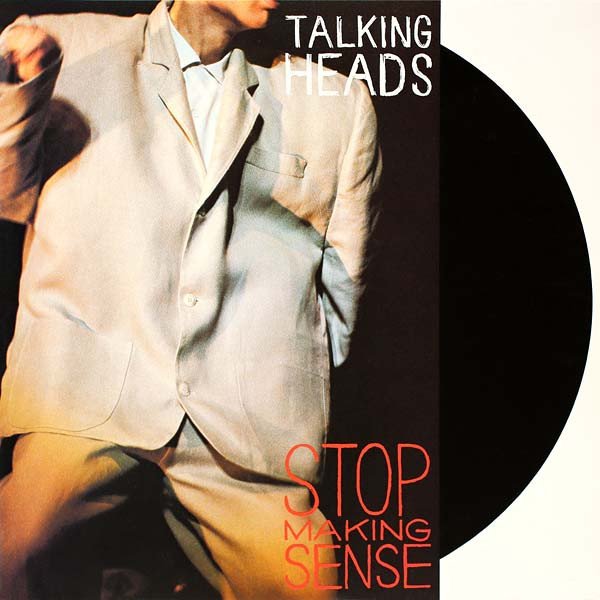I was recently listening to an interview with the musician David Byrne, formerly of the band Talking Heads, about music played in different venues. The conversation began with the idea that some musicians create music with the intent that it will be performed in particular places. When played in locations other than the intended, it does not sound quite the same. An example would be organ music composed to be heard in the smaller confines of a gothic cathedral may not be as impactful in an expansive music hall. Similarly, Byrne confessed the Talking Heads’ early music was really intended for small club-like venues. When the exact songs were played at Carnegie Hall, the sound experience was not the same.
While listening to the interview (that I admit I have not listened to in full as of this writing) I began thinking about works of art. I think we assume that most art we see in a museum was created ultimately to be shown in a museum. Not so! If you look at pre-Renaissance painting for instance, many of the icons were intended to be seen in churches as part of multi-panel altarpieces. In fact, many have been separated from the larger altarpieces and presented as individual works in museums. Similarly, many early modern works you now see in museums were intended to be shown in private collectors’ residences or parlors. I am not drawing any conclusions, but it does make one wonder about intention or lack of—relevant to context—when viewing a work of art. Was the work created with a viewing place in mind? Is the context in which the viewer experiences the work what the artist really intended? Is a museum or collector’s home the best place for the work to be seen? Should this even be a concern of an artist or serious collector….or museum? Or, should everyone just blindly follow convention and their muses?
There is much more to considered with this idea. I’ll leave you with this one simple task. When you are viewing a work of art, ask yourself, “Would this work be different (better or worse) if viewed in another location or context?”
Patrick Kelly
Executive Director


